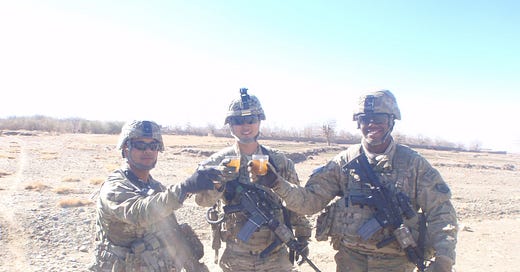When America leaves veterans behind
Major William Jung shines a light on veteran inequality and helps advise on what America can do to support our service members
INTERESTING ON THE WEB:
I published an article in Business Insider on the most expensive cities for childcare and what we can do about it - Business Insider
We had the awesome opportunity to partner wi…
Keep reading with a 7-day free trial
Subscribe to American Inequality to keep reading this post and get 7 days of free access to the full post archives.






